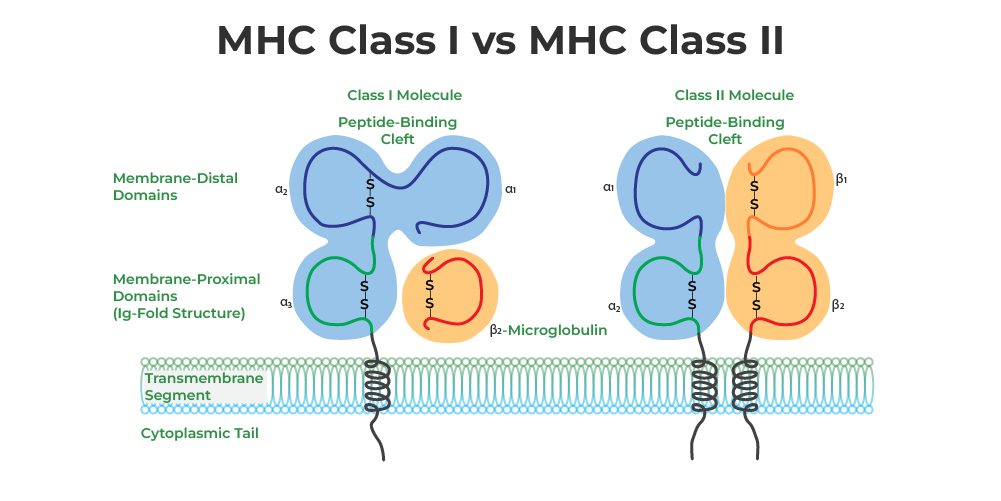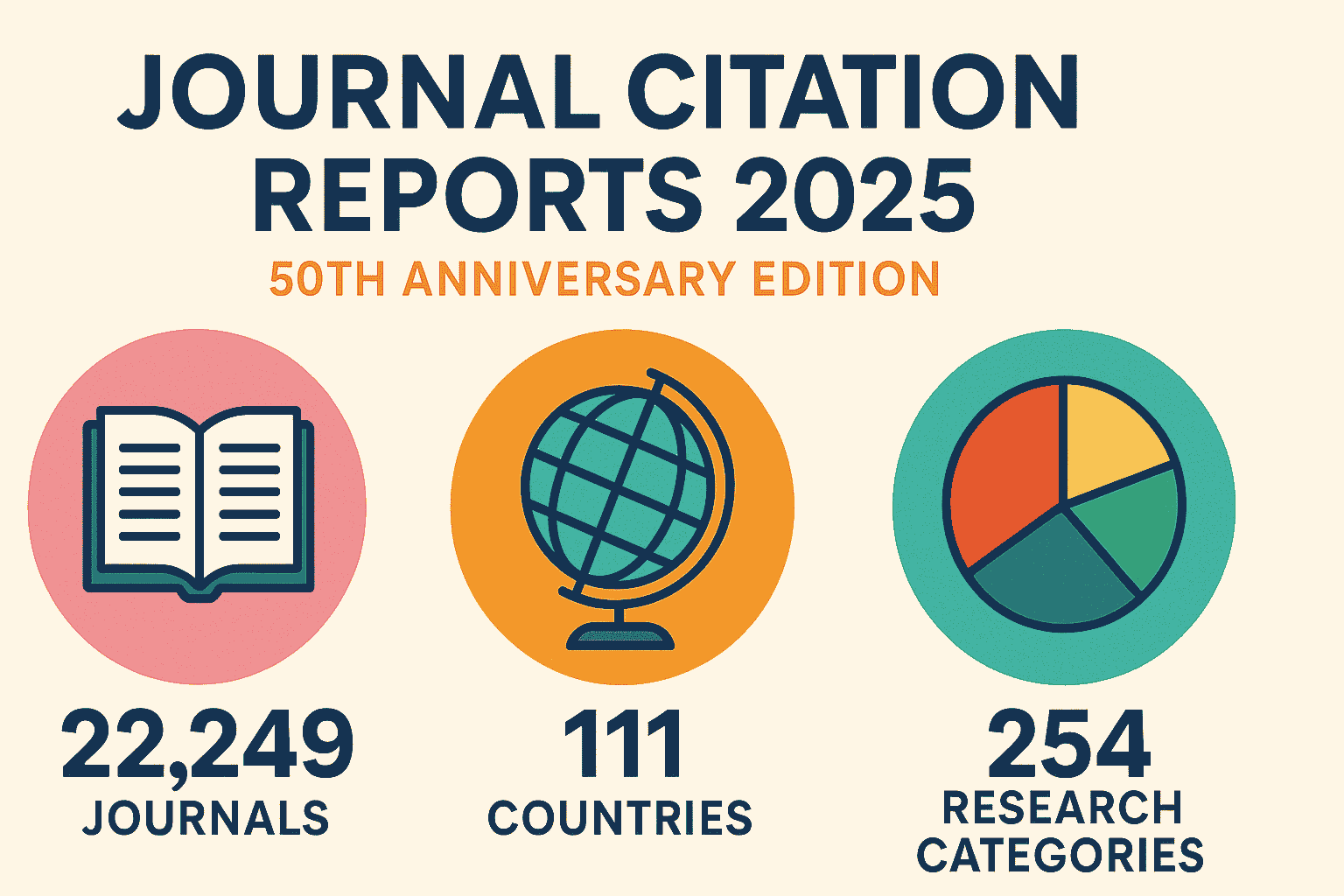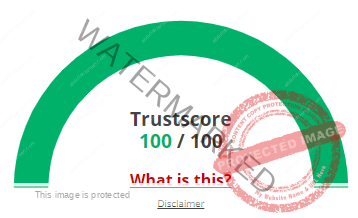MHC Assembly and Trafficking
MHC Assembly and Trafficking
The Major Histocompatibility Complex (MHC) is a critical component of the immune system, essential for the recognition of foreign molecules and the subsequent immune response. MHC molecules are categorized into two primary classes: MHC class I and MHC class II, each playing specific roles in antigen presentation.

Credits: www.geeksforgeeks.org
MHC Class I Assembly and Trafficking:
MHC class I molecules are expressed on nearly all nucleated cells and primarily present endogenous antigens, which are typically derived from proteins synthesized within the cell, such as viral proteins in infected cells. The assembly and trafficking of MHC class I molecules involve several steps:
- Protein Synthesis and Association: MHC class I molecules are composed of a heavy chain and a β2-microglobulin light chain. The heavy chain is synthesized in the endoplasmic reticulum (ER), where it initially associates with a protein called calnexin, a chaperone that ensures the newly synthesized proteins fold correctly.
- Peptide Loading: The heavy chain is released from calnexin upon binding with β2-microglobulin, forming a stable heterodimer. Subsequently, the MHC class I molecule associates with the peptide-loading complex, which includes tapasin, ERp57, and calreticulin. Antigenic peptides, degraded by the proteasome in the cytoplasm, are transported into the ER by the transporter associated with antigen processing (TAP).
- Complex Stabilization: Peptides of 8-10 amino acids in length bind to the peptide-binding groove of the MHC class I molecule. Once a high-affinity peptide binds, the MHC class I complex achieves a stable conformation and dissociates from the peptide-loading complex.
- Trafficking to the Cell Surface: The stable MHC class I-peptide complex exits the ER through the secretory pathway, passing through the Golgi apparatus, and is transported to the cell surface. Here, they play a crucial role in presenting peptides to cytotoxic T lymphocytes (CD8+ T cells).
MHC Class II Assembly and Trafficking:
MHC class II molecules are primarily expressed on professional antigen-presenting cells (APCs) such as dendritic cells, macrophages, and B-cells. They present exogenous antigens, which are typically derived from extracellular proteins:
- Synthesis and Invariant Chain Binding: Newly synthesized MHC class II α and β chains associate in the ER and are bound by an invariant chain (Ii). The invariant chain acts as a chaperone, stabilizing the complex and preventing premature binding of peptides.
- Transport to Endosomal/lysosomal Pathway: The MHC class II-invariant chain complex is transported from the ER, passing through the Golgi, into a specialized compartment known as the MHC class II compartment (MIIC or endolysosomal pathway).
- Proteolytic Removal of Invariant Chain: Within the MIIC, the invariant chain is gradually degraded by proteases, leaving a short peptide fragment called CLIP (class II-associated invariant chain peptide) in the groove of the MHC class II molecule.
- Peptide Exchange: HLA-DM, a non-classical MHC molecule, facilitates the removal of CLIP and promotes the binding of higher-affinity peptides derived from endocytosed proteins that have been processed into peptides by proteases.
- Transport to the Cell Surface: Once peptide binding has occurred, MHC class II molecules are transported to the cell surface, where they present the peptide antigens to helper T lymphocytes (CD4+ T cells).
In summary, the assembly and trafficking of MHC molecules are essential processes ensuring effective antigen presentation and subsequent immune activation. MHC class I molecules focus on presenting endogenous peptides to CD8+ T cells, while MHC class II molecules specialize in presenting exogenous peptides to CD4+ T cells. Together, these pathways are crucial for adaptive immunity and help the body differentiate between self and non-self, providing protection against pathogens and malignancies. Understanding these processes is key to developing therapies for diseases involving immune dysfunction, such as autoimmunity, cancer, and infectious diseases.








